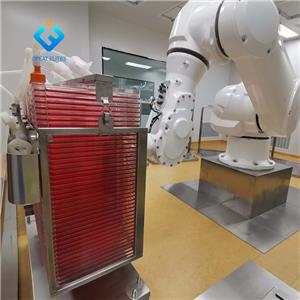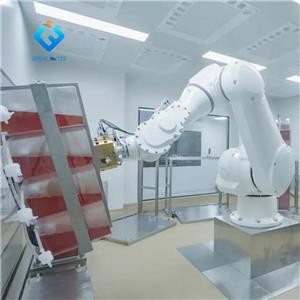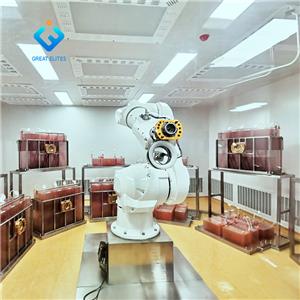Another weapon of tumor immunotherapy vaccine
Different from the preventive function of infectious disease vaccines, most tumor vaccines are therapeutic and used to treat existing malignant tumors, aiming to prevent tumor recurrence or metastasis. According to the new view on the classification of tumor vaccines in a high-quality review of Nature Cancer, the existing tumor vaccines can be classified from three dimensions: whether the antigen is known before treatment, whether the antigen is shared among patients, and whether the antigen is presented by antigen presenting cells
01. Patient shared antigen tumor vaccine
Known tumor antigens, and vaccines designed for this antigen, are mostly tumor associated antigen (TAA) or tumor specific antigen (TSA), which have been introduced in previous tweets (such vaccines are not strictly limited to the pathological type of tumors or the primary location of tumors, which can benefit more patients, and are also a vaccine strategy that has been most studied.
The advantage of common antigen tumor vaccine is that the tumor antigen carried by patients can be evaluated relatively accurately before treatment. Since the 1990s, common antigen vaccine has been the focus of preclinical and clinical research, and has provided basic experience for the development of the whole tumor vaccine strategy.
Directly induce APC to collect and load tumor antigen, stimulate T cell activation, and play a tumor killing effect.
1. Dendritic cells
Dendritic cell (DC) with sufficient activation is the strongest inducer of anti-tumor immunity. It has strong immune stimulation, migration and secretion capabilities, can maximize the activation of effector T cells, and inhibit cells with inhibitory effects.
The pre DC is directly loaded with tumor antigen in vitro, and then transfused back into the patient's body. The DC delivers antigen information to T cells and also provides costimulatory signals, cytokine signals, etc. to fully stimulate the immune attack of T cells.
2.Flt3L
Flt3L is a major growth and differentiation factor of hematopoietic progenitor cells, which can directly mobilize DC, especially the cross presentation subgroup cDC1. The input of Flt3L does not directly transform the DC, but attracts a large number of DCs to gather near the tumor to stimulate the tumor killing effect of activated DCs.
3. TLR agonist
The Toll like receptor (TLR) family is a highly conserved part of the innate immune system. The activation of TLRs directly promotes the expression of inflammatory cytokines and mediators. TLR agonists can activate APC and enhance the immunity of T cells to new tumor antigens.
4. Oncolytic virus for intratumoral administration
The oncolytic virus has many functions, such as directly splitting tumor cells, inducing and enhancing the specific immune response of the body to tumors, and enhancing the effect of other anti-tumor drugs. It has strong specificity and small adverse reactions.
The design of tumor vaccine is closely around the two topics of "antigen" and "enhanced immune response", and each type of vaccine has its own advantages and disadvantages. The patient shared antigen tumor vaccine is the most studied type and has a good promotion prospect. However, it still needs further improvement due to the single antigen target, weak antigen immunogenicity, tumor inhibitory microenvironment and other factors.
The personalized vaccine seems to be able to overcome the problem of weak immunogenicity of antigen, but the following difficulties lie in the long production cycle, high cost and difficult promotion. At present, researchers are also trying to combine these vaccine strategies, so it is necessary to know about some recently high-profile star vaccine products.
02. Personalized antigen tumor vaccine
The antigen is usually a new tumor antigen, and because each patient has a unique antigen epitope, this type of vaccine is designed only for the only patient. The immunogenic epitope must meet specific HLA restriction and have sufficient affinity with T cell receptor. The time and economic cost of doing this is extremely high, and it needs to be supported by a strong biological information computing and analysis ability. The biggest advantage of targeting individual antigen is that it can produce precise specificity, release T cells bypassing thymus negative selection, and make the T cell response of patients more extensive and sufficient.
03. Unknown antigen+enhanced antigen activated APC tumor vaccine
This method mainly relies on strong immune adjuvants - heat shock proteins (HSPs), which are highly conservative stress inducing proteins. Their functions are to transport polypeptides between cells as molecular chaperones and release peptides presented by MHC-l molecules, with strong and unique adjuvant effects. Based on this theory, HSP/polypeptide complexes can be purified after obtaining tumor cells from patients. The polypeptides contain a variety of antigens of the patients. Although their antigen composition is unknown, they can induce a strong immune response.
After in vitro treatment and purification, these complex antigens with powerful adjuvants may be efficiently presented by APCs in vivo to activate T cell anti-tumor immunity. Because this vaccine has a wider spectrum of tumor antigens, it has great potential in inducing systemic tumor regression.
04. Tumor vaccine with unknown antigen+other stimulators activating APC




